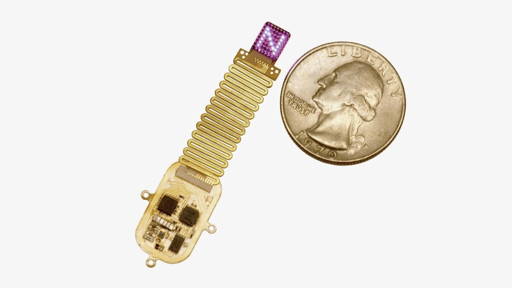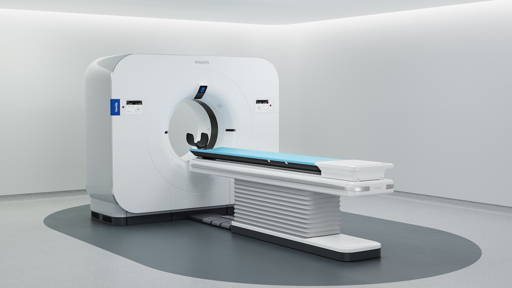A research team from the University of Pennsylvania has developed a groundbreaking “tumor-on-a-chip” platform that provides an unprecedented view into how cancers resist immune system attacks. The innovation could accelerate the development of more effective immunotherapies, particularly for solid tumors, which represent over 90% of all cancer cases.
While CAR T-cell therapy has revolutionized the treatment of blood cancers such as leukemia and lymphoma, it has shown limited success against solid tumors. According to Professor Dan Dongeun Huh of Penn’s School of Engineering and Applied Science, this is due to the tumor microenvironment (TME), This is a complex, protective ecosystem that shields cancer cells and limits the effectiveness of immune therapies.
Tumor-on-a-chip
To overcome this challenge, Huh’s team created a transparent, microengineered device that replicates a living, vascularized human lung tumor. This “tumor-on-a-chip” allows scientists to observe, in real time, how engineered immune cells like CAR T-cells interact with cancer cells and navigate the TME’s defenses.
“It’s like having a window into the battlefield of cancer immunotherapy,” explains Huh. “We can literally watch CAR T-cells infiltrate the tumor, strike their targets, and sometimes fail.”
The researchers discovered that endothelial cells, cells lining tumor blood vessels, emit short-lived chemical “help” signals to attract CAR T-cells. When these signals fade, immune cells lose their way. By introducing vildagliptin, a drug already approved for type 2 diabetes, the team prevented the breakdown of these signaling molecules, allowing more CAR T-cells to locate and attack the tumor.
Multiomics analysism
Using multiomics analysism, integrating genomic, proteomic, and metabolic data, combined with advanced bioinformatics, the team identified DPP4, an enzyme that degrades the signaling molecules, as a key factor in this process. Because DPP4 inhibitors like vildagliptin are well understood, this discovery could fast-track their repurposing for cancer therapy.
The tumor-on-a-chip platform not only enables high-resolution, human-relevant modeling of cancer-immune interactions but also helps reduce reliance on animal testing. Researchers can use it to quickly and safely test new CAR T-cell designs before clinical trials. “The physiological realism of this model allows us to explore the molecular inner workings of cancer and immune cell dynamics,” says Huh. “It’s a major step toward smarter, safer, and more personalized cancer immunotherapy.”
The findings were published in Nature Biotechnology, marking an important milestone in the convergence of bioengineering, AI-driven data science, and precision oncology.
Brain-on-a-chip
Earlier this month we reported that researchers at the University of Rochester developed an advanced brain-on-a-chip model to study how the brain protects itself and how this process fails during inflammation and disease. The microchip, containing human tissue, enables scientists to examine the blood-brain barrier, the critical interface between the brain and bloodstream, without using animal testing.
Professor James McGrath’s team showed how a cytokine storm, triggered by infections like sepsis, disrupts this barrier, allowing harmful blood proteins to enter the brain and cause damage. Natural blood flow was found to strengthen the barrier, offering new insight into its self-protective mechanisms.
The team aims to expand the model with microglia, the brain’s immune cells, to study inflammation-related neuronal damage and develop protective therapies. In a second study, published in Materials Today Bio, the researchers revealed how pericytes help repair the barrier, offering hope for treating neurodegenerative diseases.







